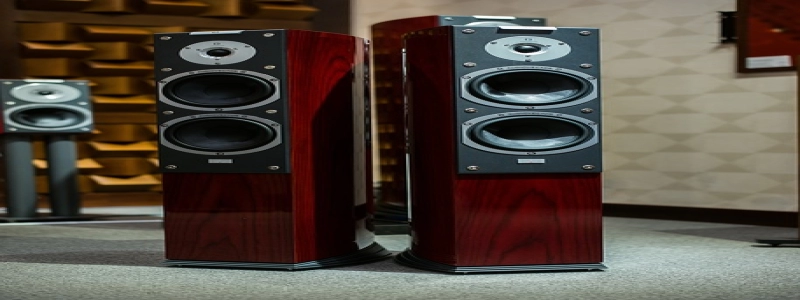Single Mode Fiber to Multimode Fiber
Introduction
In the world of telecommunications, there are different types of optical fibers available to transmit data over long distances. Two main types are single-mode fiber (SMF) and multimode fiber (MMF). Each type has its own characteristics and applications. However, there are situations where it becomes necessary to convert from SMF to MMF or vice versa. In this article, we will explore the process of converting from single-mode fiber to multimode fiber.
I. Understanding Single Mode Fiber
Single-mode fiber is designed to carry a single ray of light, or mode, along its core. It has a smaller core diameter of around 9 micrometers, which allows for a higher transmission speed and longer distances. SMF is commonly used for long-haul communication and high-speed data transmission.
II. Understanding Multimode Fiber
On the other hand, multimode fiber is designed to support multiple rays of light, or modes, within its core. It has a larger core diameter, typically around 50 or 62.5 micrometers. MMF is mostly used for short-range communication and local area networks (LANs).
III. Conversion Methods
There are several methods to convert from SMF to MMF. Let’s explore two common approaches:
a) Mode Conditioning Patch Cable
One method involves using a mode conditioning patch cable. This cable is specifically designed to convert single-mode signals to multimode signals. It achieves this conversion by offsetting the signal’s launch position in the multimode fiber, ensuring optimal transmission. This method is commonly used in gigabit Ethernet networks.
b) Mode Converters
Another method is using mode converters. These devices are used to convert the light signals from one mode to another. They essentially act as bridges between SMF and MMF. Mode converters can be either active or passive, depending on their internal components. Active mode converters require external power sources, while passive ones do not. The selection of mode converters depends on the specific requirements of the network.
IV. Considerations
When converting from single-mode fiber to multimode fiber, there are a few important considerations to keep in mind:
a) Loss of Signal
It is important to note that conversion from SMF to MMF may result in a loss of signal strength. This is due to the different characteristics of the two fiber types. Therefore, proper power management and signal amplification may be required to ensure seamless communication after the conversion.
b) Distance Limitations
Multimode fiber has a shorter maximum transmission distance compared to single-mode fiber. When converting to MMF, it is crucial to consider whether the shorter distance limitations would be suitable for the intended application. If long-distance communication is required, alternative solutions should be explored.
Conclusion
Converting from single-mode fiber to multimode fiber can be achieved using various methods such as mode conditioning patch cables and mode converters. However, it is essential to consider the potential loss of signal strength and the distance limitations associated with MMF. Understanding the characteristics and requirements of both fiber types is crucial for making informed decisions regarding the conversion process.






